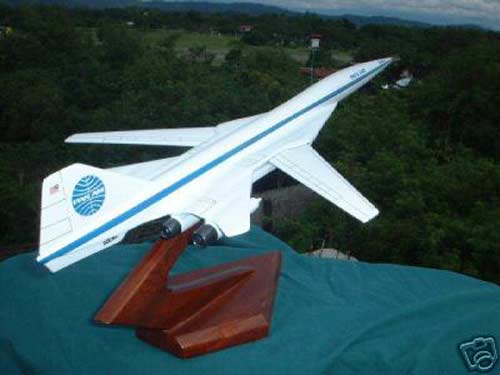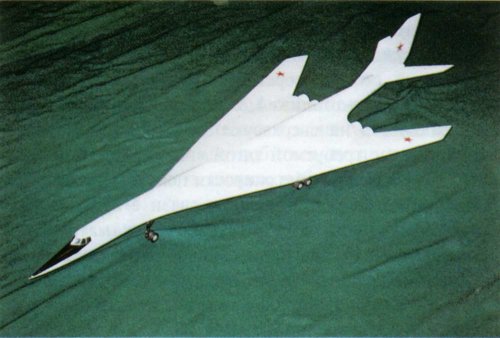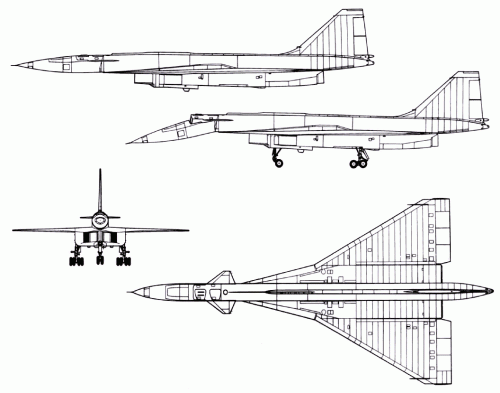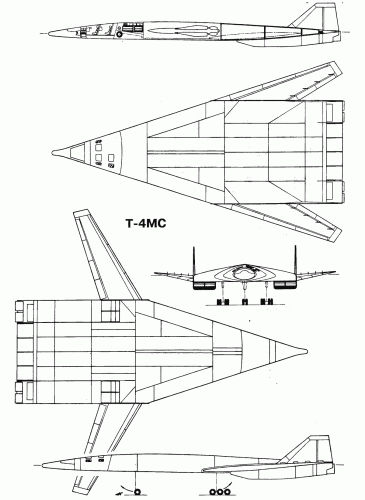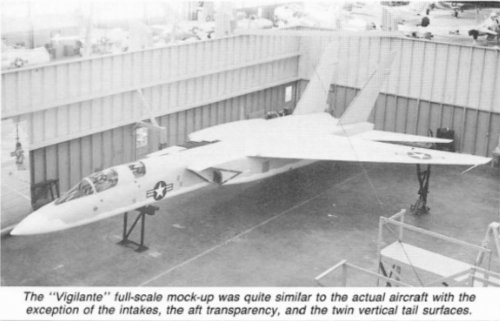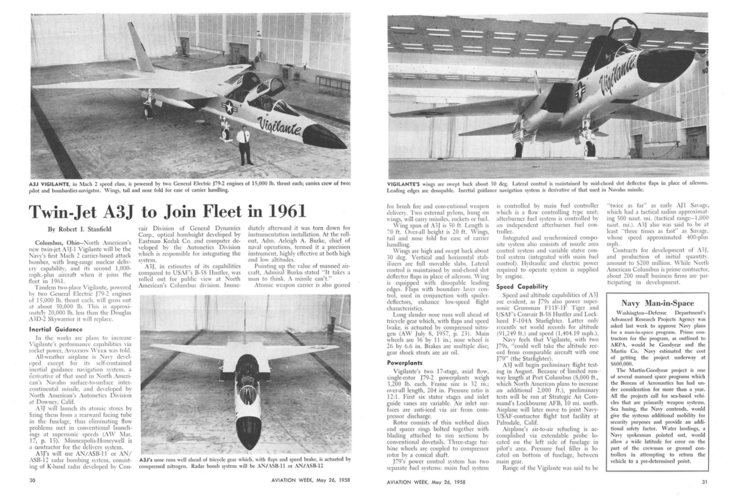- Joined
- 31 May 2009
- Messages
- 1,154
- Reaction score
- 677
Bill Walker said:In the mid 70s my boss at a certain Canadian aircraft manufacturer made me hold one end of the tape measure while he measured the competition at a couple of air shows. Maybe he was a communist?
There is a difference: Canada is a great friend and a close ally. The Soviet Union was the evil enemy of all that is good and wholesome -- like truth, justice and the American way!

